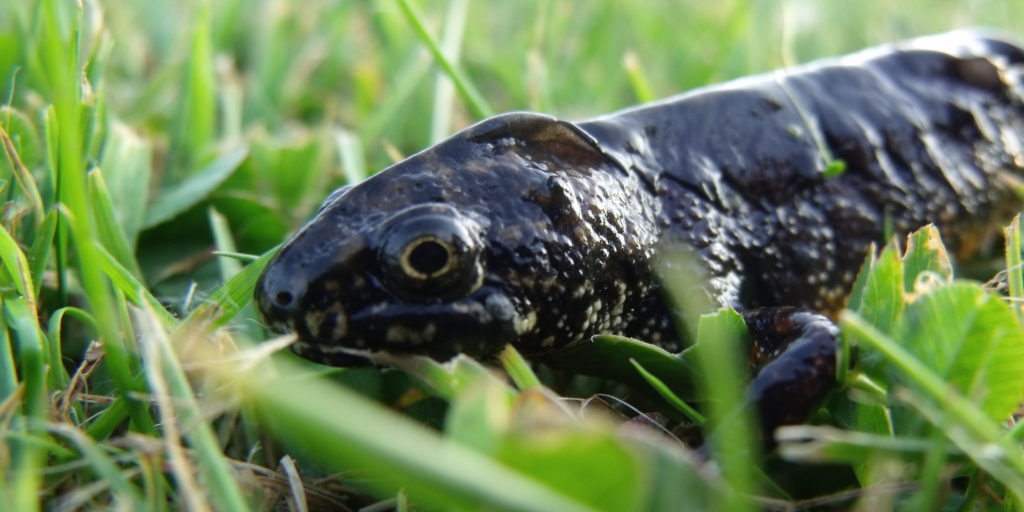Background
Great Crested Newt Triturus cristatus have a bad rep when it comes to planning and development. Renowned for causing perceived delays and being costly to deal with, however a new scheme known as ‘District Licencing (DL)’ has recently been approved by Natural England and implemented by several of our local planning authorities (LPA’s). The scheme is run by their partner NatureSpace in the south midlands area. This covers the following LPA areas –
- Milton Keynes,
- Aylesbury Vale,
- Bedford Borough,
- Central Bedfordshire,
- South Oxfordshire,
- Vale of White Horse and Oxford City.
‘Update 2019’ New areas added this year –
- Cherwell District Council,
- Cotswolds District Council,
- Cheltenham Borough Council,
- Forest of Dean District Council,
- Gloucester City Council,
- South Northamptonshire Council,
- Tewkesbury Borough Council,
- Stroud District Council and
- West Oxfordshire District Council.
What is district licencing?
District licences are granted to individual planning authorities, allowing the licence to run concurrently with the planning system. It means there is no delays surveying for newts, no costly mitigation and the site once approved by the scheme’s managers will be covered under the district licence. In the south midlands area, the scheme is run by NatureSpace who deal with all of the paperwork and renumeration that is required as part of the scheme.
Why use the Scheme?
There are several advantages to the DL scheme for developers these include –
- You don’t have to do newt surveys so there’s no delays,
- You don’t have to apply separately to Natural England for a newt licence,
- Lengthy on-site newt capture is either not required, or is greatly reduced,
- You make a simple financial contribution to the newt scheme, rather than having to accommodate newt habitat on site,
- You don’t need to do any management or monitoring – so no more 2, 5, 10, 25-year newt management and monitoring plans for your site
Do you still need an Ecologist?
The simple answer to this is, yes.
However, our input would be greatly reduced compared to the traditional means of surveying, trapping and licencing. The following are examples of when an ecologist will be required –
An ecologist can exclude the need to join the scheme altogether, if you think newts are not present e.g. use some traditional surveying to show newts are not present. The most common survey likely to do this is the eDNA survey. Conversely eDNA may show newts are present, meaning you can join up to the scheme early and not have to do lengthy surveying!
To help with the scheme’s form filling and check if your site falls into the scheme and what zone you may fall into.
What about the newts?
The scheme set-up means that mitigation and compensation (except for red zone areas) is undertaken off site. The payment you make via the scheme means ponds and habitat is provided elsewhere.
How do I get my site registered?
This is all done through Nature Space see their website for further detail.
Call, email or click here to get more information and help with your site.







